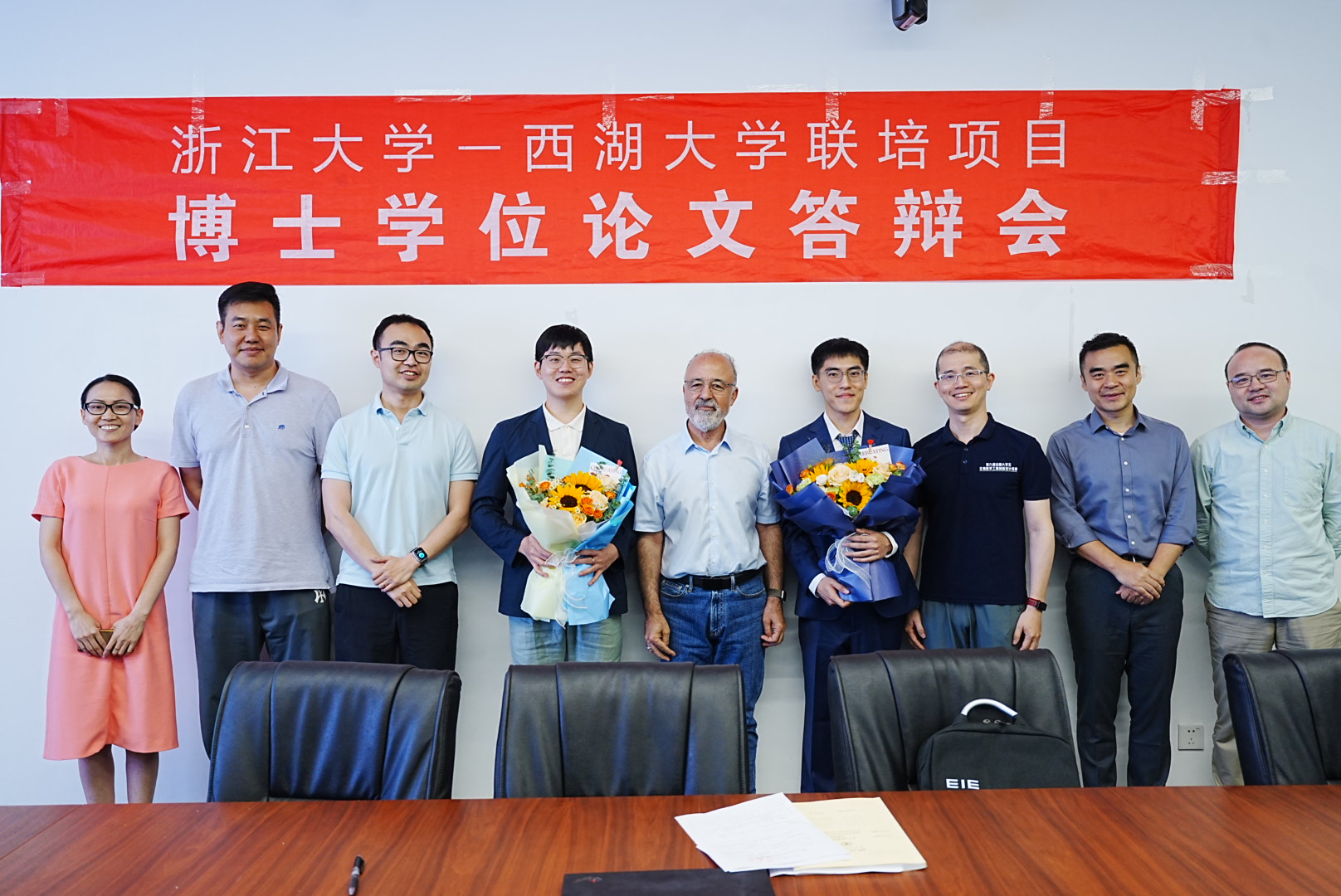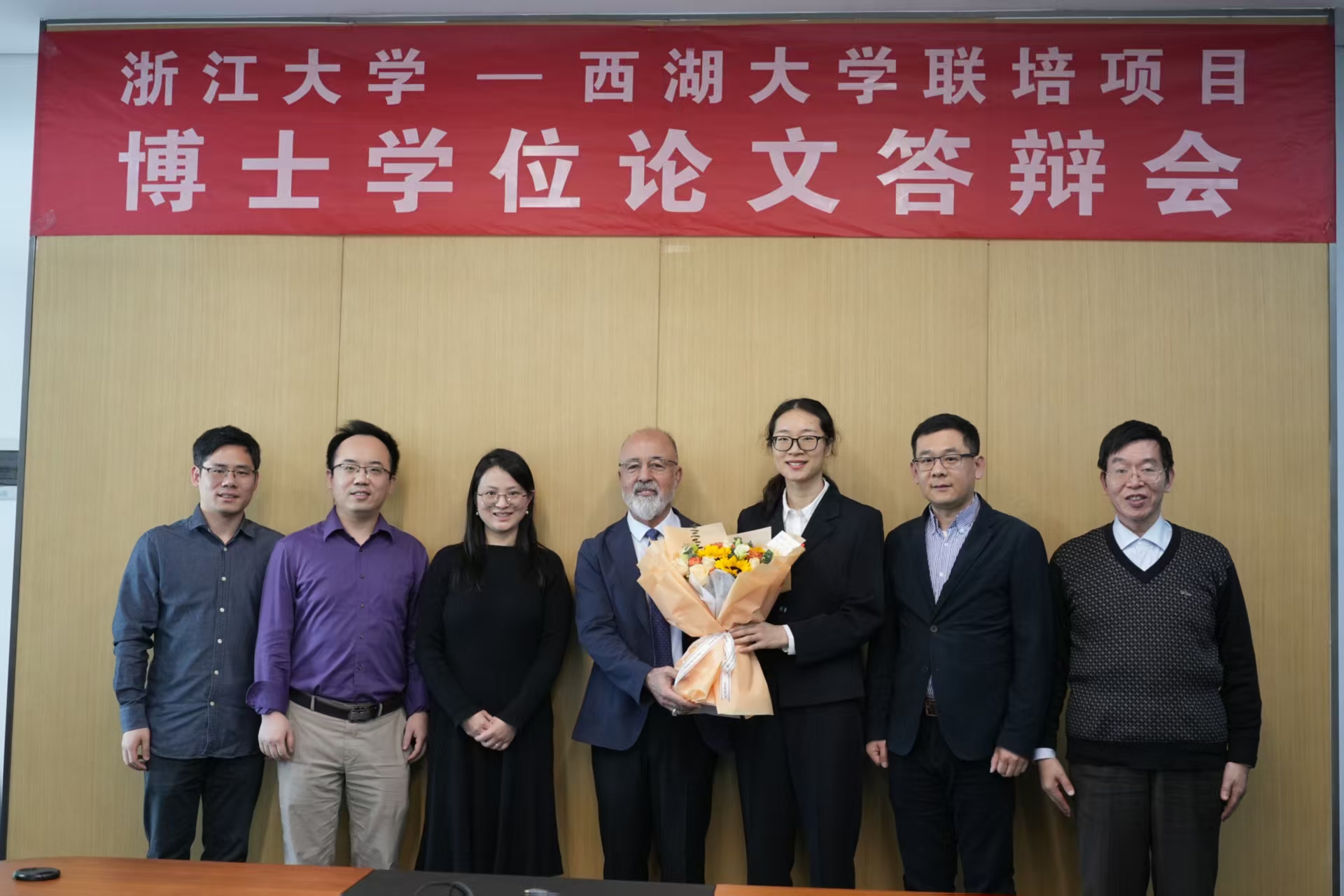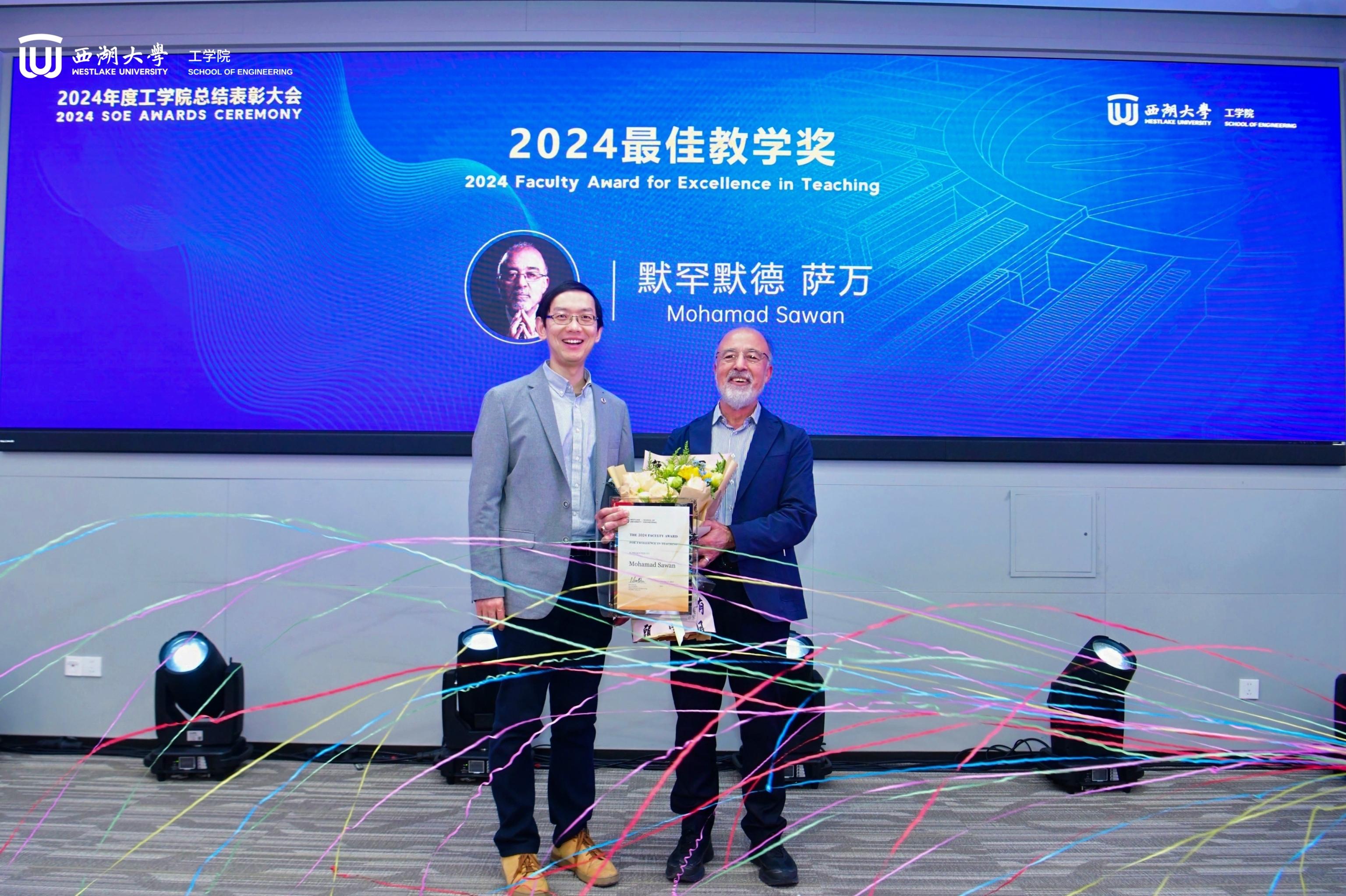In recent years, wearable non-invasive brain-computer interface (BCI) technology has developed rapidly. Based on the type of biological signals detected, non-invasive BCIs can be divided into two categories: electrophysiological signal activity-dependent (ESAD) sensors such as electroencephalography (EEG) and magnetoencephalography (MEG), and blood oxygenation level-dependent (BOLD) sensors such as functional near-infrared spectroscopy (fNIRS) and photoacoustic imaging (PAI). However, compared to newer technologies like MEG and PAI, EEG and fNIRS exhibit significant shortcomings in signal-to-noise ratio or spatiotemporal resolution.
In detail:
MEG vs. EEG:
Electrical signals must pass through multiple layers of tissue with different electrical properties and complex structures before reaching the scalp, which affects local field potentials (DEL et al., 2008; Hortal et al., 2015; Yang et al., 2024a) but has minimal impact on local magnetic fields (LMF)(Barry et al., 2016). Additionally, apart from signal distortion, scalp-electrode impedance poses a major challenge for EEG signals. As a result, attention has turned to MEG devices that do not require direct contact with the skin.
PAI vs. fNIRS:
PAI technology uses short laser pulses to excite tissue and detects ultrasonic signals generated by the photoacoustic effect, providing both blood sample signals and structural/functional information. PAI offers greater penetration depth than fNIRS and higher spatial resolution than ultrasound imaging.
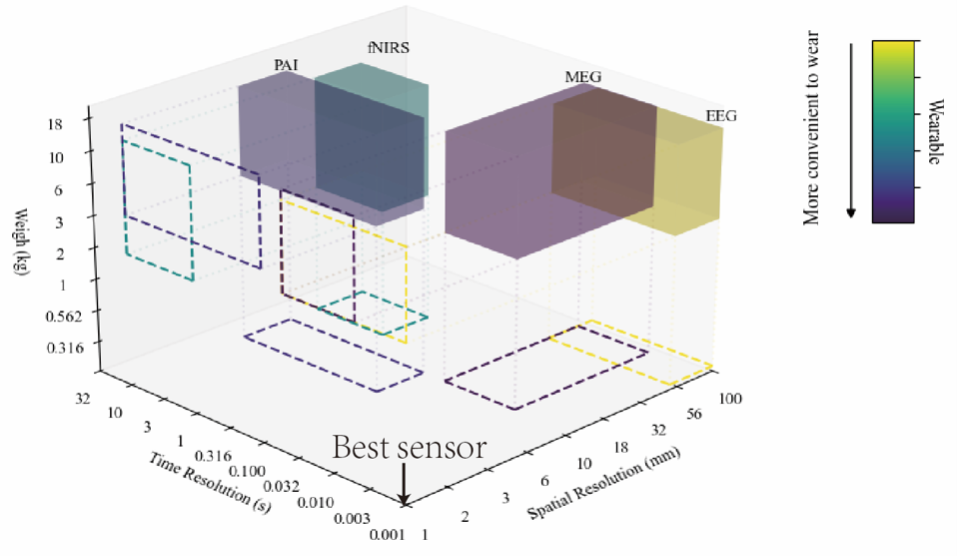
Fig.1. Overview of temporal and spatial accuracies of various sensing methods
A review paper published in Biosensors and Bioelectronics(Q1 TOP)by CenBRAIN Neurotech, titled Multimodal Fusion of Magnetoencephalography and Photoacoustic Imaging Based on Optical Pump: Trends for Wearable and Noninvasive Brain–Computer Interface. This study presents a critical review of current literature on non-invasive wearable biometric technologies, not only redefining wearable brain-computer interface devices but also pioneering an OPM-MEG/PAI hardware multiplexing architecture, thereby charting new research.
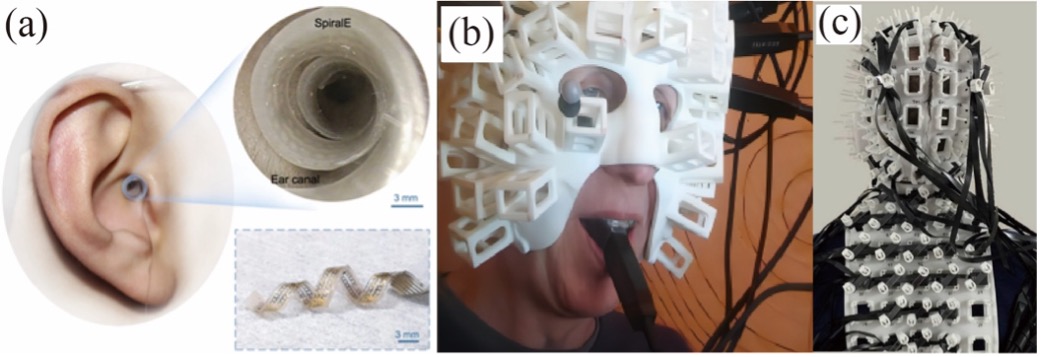
Fig. 2. Extended Definition of Noninvasive Devices: (a) EEG collection in the ear; (b) MEGimaging in the mouth; (c) Noninvasive magnetospinoencephalography cortical evoked responses recording.(adapted from refs (Mardell et al., 2024;Tierney et al., 2021;Wang et al., 2023).)
Our Ph.D. candidate Chengpeng Chai is the first author, with Dr. Yun-Hsuan Chen and Prof. Mohamad Sawan as corresponding authors. 1 international patent, 4 Chinese invention patents, of which one Chinese invention patent has been authorized based on this research. based on this research.
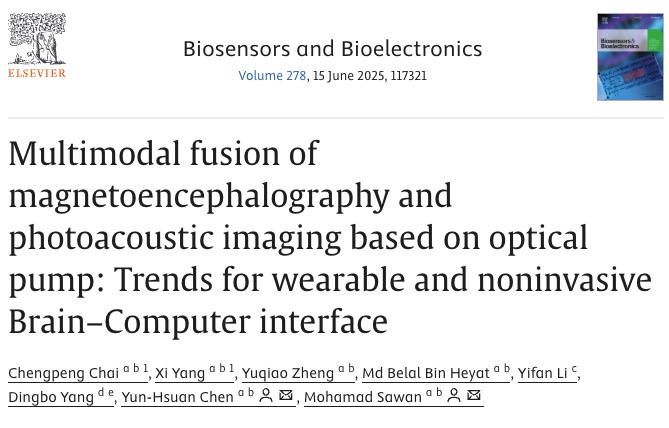
Abstract
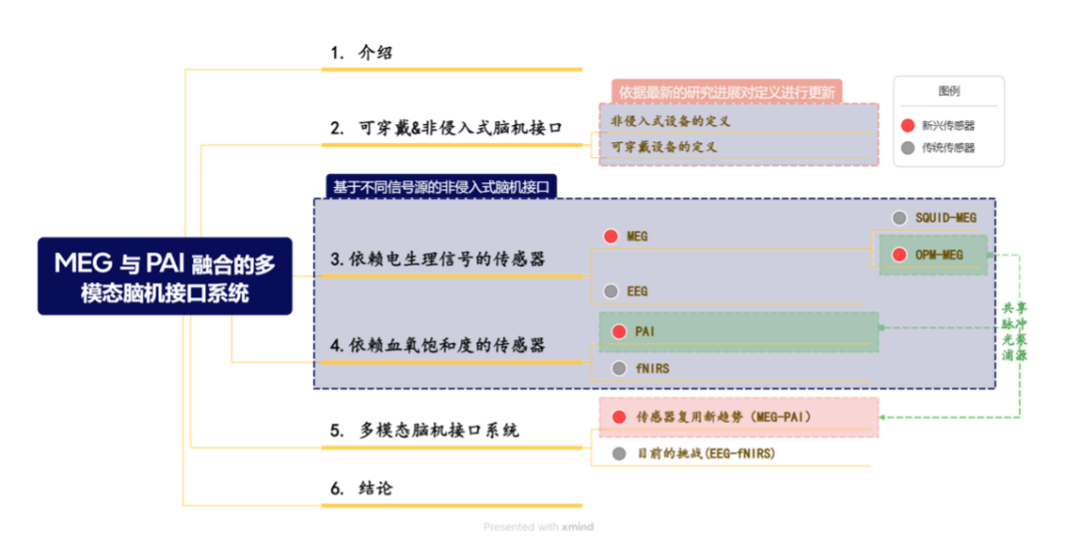
Fig. 3. Framework of this review.
Wearable noninvasive brain–computer interface (BCI) technologies, such as electroencephalography (EEG) and functional near-infrared spectroscopy (fNIRS), have experienced significant progress since their inception. However, these technologies have not achieved revolutionary advancements, largely because of their inherently low signal-to-noise ratio and limited penetration depth. In recent years, the application of quantum-theory-based optically pumped (OP) technologies, particularly optical pumped magnetometers (OPMs) for magnetoencephalography (MEG) and photoacoustic imaging (PAI) utilizing OP pulsed laser sources, has opened new avenues for development in noninvasive BCIs. These advanced technologies have garnered considerable attention owing to their high sensitivity in tracking neural activity and detecting blood oxygen saturation. This study advances BCI technology by establishing updated definitions and exploring next-generation non-invasive wearable systems. Through comprehensive comparisons between emerging technologies (OPM-MEG vs. EEG, PAI vs. fNIRS), we quantitatively demonstrate superior performance in signal sensitivity, spatial resolution, and real-time processing capabilities. The work addresses critical implementation challenges including thermal management, sensor crosstalk reduction, and system integration through an innovative hardware-sharing architecture, while providing solutions for multimodal synchronization and interference suppression. Our proposed framework, illustrated in Figure 4, enables cost-effective, stable BCI deployment across clinical and research applications.
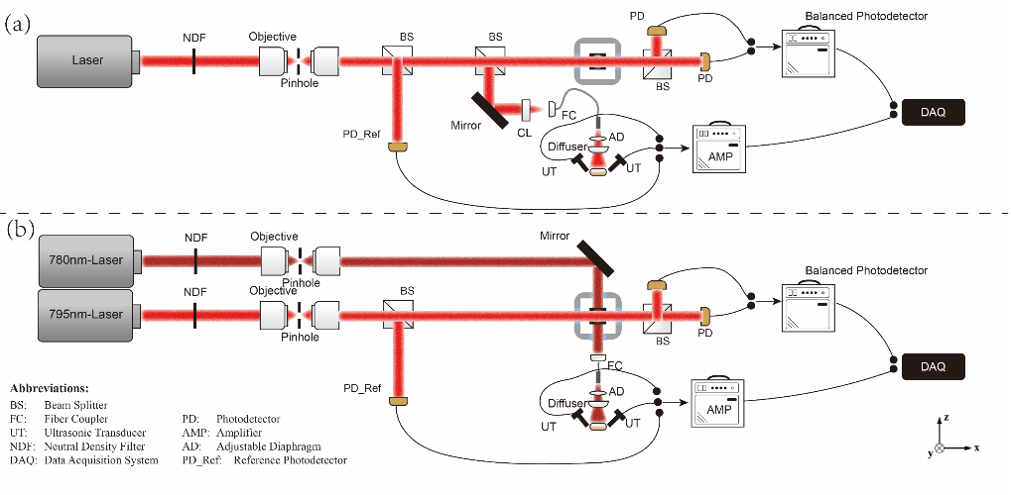
Fig. 4. Schematic of the OPM-MEG and PAI light source reuse system: (a) Schematic of a simple uniaxial configuration where the light source is used for both pumping and measurement, distributed to PAI and OPM-MEG systems via a dichroic mirror or beam splitter; (b) schematic of a dual-pulse laser source configuration, with detection and pump light sources arranged perpendicularly, reusing the pump light source in the architecture of PAI and OPM-MEG.
Research Highlights
•Update definitions within the BCI domain;
•Discuss advantages of novel noninvasive BCI sensors;
•Propose system design improvements;
•Explore the challenges of multimodal sensor fusion and the potential for hardware reuse.
Please click on the link below to find more information:
Chai C, Yang X, Zheng Y, et al. Multimodal Fusion of Magnetoencephalography and Photoacoustic Imaging Based on Optical Pump: Trends for Wearable and Noninvasive Brain–Computer Interface. Biosens Bioelectron. 2025:117321.
Acknowledgments:
This research was funded by Westlake University, Key Research and Development Plan of Zhejiang Province, STI2030-Major Projects, "Pioneer" and "Leading Goose" R&D Program of Zhejiang , and the Key Project of Westlake Institute for Optoelectronics. Special thanks to our center members for their assistance with data collection, technical support, and constructive discussions and suggestions. Thanks also to the Instrumentation and Service Center for Molecular Sciences at Westlake University for assistance.



